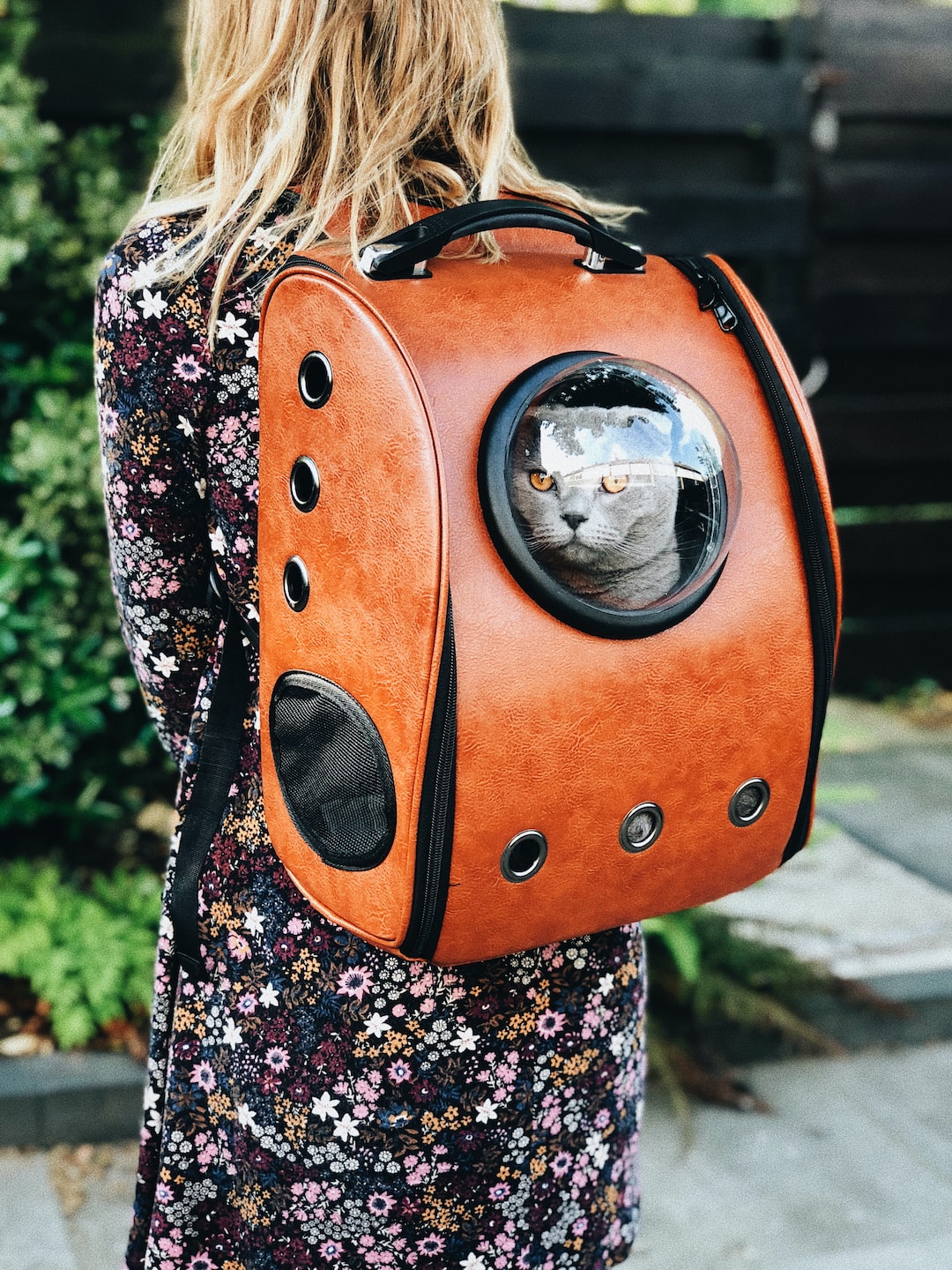Losing a beloved pet is an incredibly difficult experience, as they become cherished members of our family. The grief that comes with their loss can be overwhelming and all-encompassing. Coping with the pain and finding healing is a process that is unique to each individual. In this blog post, we will explore the different stages of grief and provide some strategies for coping with the loss of a beloved pet.
The first stage of grief is denial and shock. When we lose a pet, it can be hard to believe that they are truly gone. We may find ourselves expecting to hear their bark or see them waiting eagerly at the door. This feeling of denial and shock is a common and normal reaction to loss. It is important to allow ourselves to feel these emotions, but also to recognize that they are a part of the grieving process.
The second stage of grief is anger. It is not uncommon to feel angry when a beloved pet passes away. We may question why this had to happen or feel angry at ourselves for not being able to prevent it. It is important to acknowledge these feelings of anger, but also to find healthy ways to release and process them. This could be through talking with a trusted friend or family member, writing in a journal, or engaging in physical activity.
The third stage of grief is bargaining. During this stage, we may find ourselves thinking “if only” or “what if.” We may try to bargain with a higher power or ourselves, hoping to somehow undo what has happened. While these thoughts are natural, it is important to recognize that we cannot change the past. Instead, focus on finding acceptance and moving forward.
The fourth stage of grief is depression. This is often the most difficult stage of grief, as it can leave us feeling hopeless and overwhelmed. It is important to remember that grieving is a process and that it takes time. Allow yourself to feel the sadness and pain, but also seek support from loved ones or a professional if needed. Healing takes time, and it is okay to take as much time as necessary to properly grieve and cope with the loss.
The final stage of grief is acceptance. This does not mean that we forget or stop missing our beloved pet, but rather that we have reached a point where we can begin to move forward. It is important to remember that everyone grieves differently, and there is no timeline for healing. Some may find comfort in memorializing their pet, such as creating a photo album or planting a tree in their honor. Others may find healing in adopting a new pet when they are ready. The key is to listen to your heart and give yourself permission to grieve in your own way.
In addition to the stages of grief, there are several coping strategies that can help during this difficult time. Firstly, it can be helpful to reach out to others who have experienced similar losses. Joining a pet loss support group or seeking therapy can provide a safe space to share your feelings and gain support from those who understand.
Secondly, creating a memorial for your pet can bring comfort and provide a way to honor their memory. This can be as simple as lighting a candle or as elaborate as creating a scrapbook. Find a way that feels meaningful to you and helps to keep your pet’s memory alive.
Finally, take care of yourself during this grieving process. Allow yourself to feel your emotions without judgment or guilt. Engage in self-care activities such as exercising, spending time in nature, or meditating. Remember to be patient and kind to yourself as you navigate through this difficult time.
Losing a beloved pet is a heart-wrenching experience, but it is important to remember that you are not alone. Reach out for support, allow yourself to grieve, and engage in healing activities that bring you comfort. With time, patience, and self-compassion, you will find your way through the grief and begin to heal.

